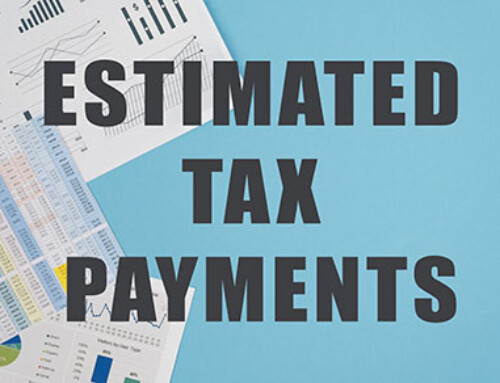Information courtesy of irs.gov
Specific home improvements will help cut taxes while you save money on your home energy bills.
Non-Business Energy Property Credit
- Part of this credit is worth 10% of the cost of certain qualified energy-saving items you added to your main home last year (may include insulation, windows, doors and roofs).
- The other part of the credit is not a percentage of the cost. It is for the actual cost of certain property (may include water heaters and heating and air conditioning systems). The credit amount for each type of property has a different dollar limit.
- This credit has a maximum lifetime limit of $500. $200 of this limit may be used for windows.
- To qualify, your main home must be in the U.S.
- Get written certification from the manufacturer that their product qualifies for this tax credit. They usually post it on their website or include it with the product’s packaging. Do not attach this certificate to your return. Keep it with your tax records.
- You may claim the credit on your 2015 tax return if you didn’t reach the lifetime limit in past years. Under current law, this credit is available through Dec. 31, 2016.
Residential Energy Efficient Property Credit
- This tax credit is 30% of the cost of alternative energy equipment installed on or in your home.
- Qualified equipment: solar hot water heaters, solar electric equipment, wind turbines and fuel cell property.
- There is no dollar limit on the credit for most types of property. If your credit is more than the tax you owe, you can carry forward the unused portion of this credit to next year’s tax return.
- The home must be in the U.S. It does not have to be your main home, unless the alternative energy equipment is qualified fuel cell property.
- This credit is available through 2016.
Cut your tax liability is important. We will assist you with ensuring you are getting the best deductions.





